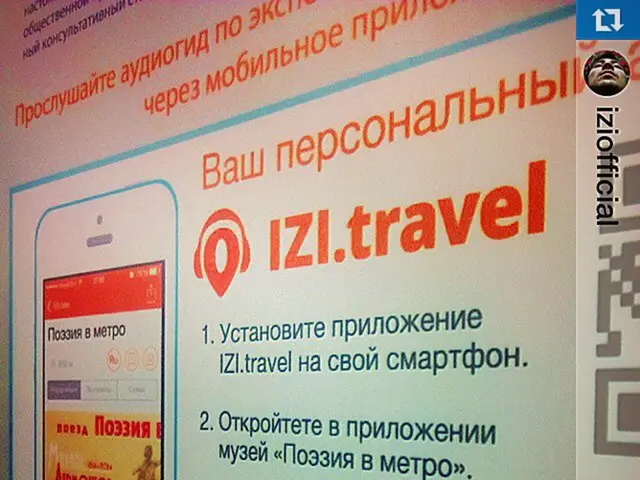Overcoming Obstacles in Patent Protection Right Now
In the ever-evolving landscape of intellectual property (IP), patent enforcement remains a complex and multifaceted issue. The task of safeguarding inventions against infringement is fraught with legal complexities, financial constraints, and technical hurdles.
At the heart of these challenges lies the diversity of intellectual property laws and enforcement practices across countries. What constitutes infringement in one jurisdiction might not be recognised in another, and some countries emphasise injunctive relief while others prioritise damages. The territorial nature of patents further complicates matters, as enforcement is limited to specific national borders. This complexities are exacerbated by the lack of full harmonization among international treaties, leading to inconsistent enforcement capacities and cooperation levels worldwide.
Financial constraints are another significant barrier to effective patent enforcement. Cross-border litigation, in particular, is often prohibitively expensive and time-consuming, demanding specialized expertise and significant financial resources. The increased procedural scrutiny in patent challenges, such as Inter Partes Reviews (IPRs) in the U.S., raises the cost and risk for petitioners, strengthening patent owners' positions.
Technical hurdles also pose a considerable challenge. The evolving technological complexity, particularly in fields like biopharmaceuticals, requires nuanced patent drafting to balance broad protection with the risk of invalidation. Digital supply chains and online platforms add layers of difficulty in identifying infringers and tracking counterfeit or infringing goods across international borders. Patent enforcement strategies must adapt to technical innovations and incorporate proactive monitoring and collaboration to effectively safeguard IP.
Looking ahead, efforts towards greater international cooperation and partial harmonization through organizations like WIPO and treaties such as TRIPS continue. The emergence of unified patent courts aims to simplify cross-border enforcement by creating regional courts with jurisdiction over multiple countries, reducing litigation fragmentation. Early-stage patent challenges, increased monitoring immediately after patent issuance, and strategic use of post-grant review mechanisms may become more prevalent as patent offices refine examination and challenge processes.
In sectors like biopharmaceuticals, open innovation and collaborative research models require innovative patent management approaches to balance sharing and protection. Enhanced use of technology for surveillance and evidence gathering across digital platforms will likely become necessary to tackle infringement in complex global supply chains.
In conclusion, patent enforcement operates within a complex framework of national laws and international agreements, with each jurisdiction having its unique set of regulations. Gathering sufficient evidence for patent infringement can be particularly daunting due to the proprietary nature of many technological inventions. Financial barriers to patent enforcement arise from the costs associated with litigation, attorney fees, and expert witnesses, as well as the expenses related to obtaining and maintaining patents in multiple jurisdictions. The burden of proof requirements in patent enforcement necessitate clear and convincing evidence that the patent is valid and that the accused infringer has executed acts constituting infringement. Rapid technological advancements outpacing patent validity create an environment where enforcing rights based on outdated technologies can lead to inconclusive outcomes. Difficulty in conveying complex technical concepts in legal settings compounds the challenges in patent enforcement. The lack of sufficient funds can render patent holders powerless, effectively allowing infringers to operate without consequence. Future progress will depend on improving cross-border judicial cooperation, refining patent challenge processes, and leveraging technological tools and collaborative frameworks for robust IP protection.
Read also:
- Musk threatens Apple with litigation amidst increasing conflict surrounding Altman's OpenAI endeavor
- Innovative Garments and Accessories Producing Energy: Exploring Unconventional Sources for Renewable Power
- Latest Automotive Update, August 13: Introducing Ola Electric's latest scooters, MG Windsor EV sales hitting new highs, Mahindra BE 6 teaser unveiled, and more...
- Digital Commerce Giant Clips Unveils Its Latest Offering, Clip Ultra, Fortifying Its Dominance in Mexico's Market








